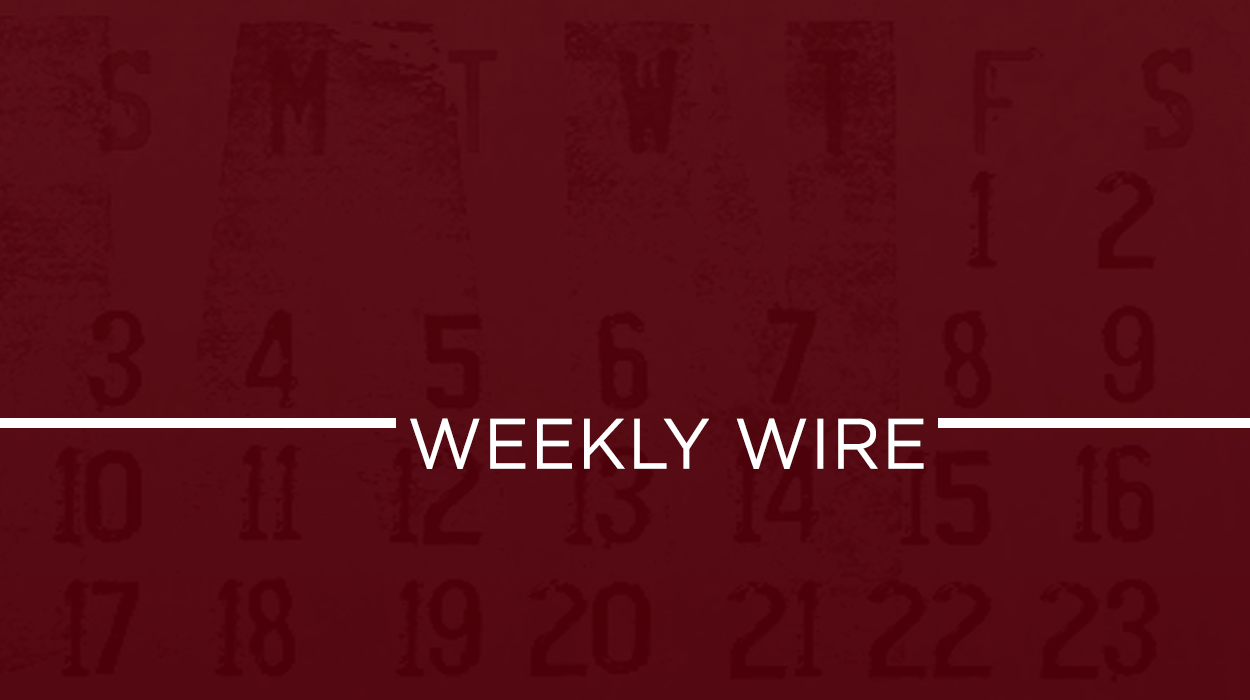
The RRJ Recommends that you check out “Tracking the Illegal Tusk” in National Geographic by writer Bryan Christy and photographer Brent Stirton.
Tracking a deadly secretive crime ring in a far-away country has never been easier than with this ambitious project, “Tracking the Illegal Tusk,” presented by National Geographic. As a collaborative effort by writer Bryan Christy and photographer Brent Stirton (as well as many uncredited software engineers for the online version), it’s an ambitious piece that brings new light to the illegal ivory trade in Uganda.
To track the trade routes that the Lord’s Resistance Army (LRA), a militant group led by the infamous Joseph Kony (a name you probably remember from 2012), Christy had seasoned taxidermist George Dante from the American Museum of Natural History develop a fake tusk with a sophisticated GPS tracker contained within. The prop was so convincing that when they introduced the tusk to the trade process, it went off immediately, traveling a total of 592 miles northward over the South Sudanese border into Sudan before landing in one of its major cities: Ed Daein.
In the September 2015 issue of National Geographic, the magazine urged readers to track the tusk’s progress by using the interactive digital edition of the feature. Interactive journalism is in full swing with pieces like “Snow Fall,” from The New York Times. Now National Geographic has taken up the method to warn its readers of excessive poaching and terrorism.
The online piece is broken up into three portions. It contains a photo essay, with a guided tour by Stirton, describing the characters depicted and his experience with them. It features an interactive map that follows the tusk from South Sudan to a city in Sudan known for terrorist activity, while showing where the LRA often hits, as well as dropping other startling facts. It is accompanied by a written piece that puts you there next to the writer, hearing stories of strife, collaboration, and hope.
“Ivory’s Human Toll” is our first stop with a guided tour (voiced by the photographer himself) through the key players in this issue as well as regular people who were horrifically caught up in the conflict. The stories told are mostly glum, but with momentary glimmers of hope. Michael’s story is a testament to that: as a nine-year-old boy, he was kidnapped and forced into the LRA. He learned that a part of the group’s criminal activity was to bury the tusks they procured from Ugandan national parks (often in brutish, senseless slaughter pits) to safe-keep until they could transport the goods to a shipping dock, sending them off to Asiatic countries. During this process, Michael managed to break from the group, turn himself in at a military encampment, where his co-operation proved invaluable to tracking LRA rebels and confiscating ivory.
Other stories include that of a hardened but dedicated Ugandan army colonel bent on finding Kony; a pregnant woman who, after shouting at LRA fighters as they cut two men down, had her ears, lips, and nose sheared off by reluctant boy soldiers (although, after a series of surgeries and reflection, she opted to forgive these boys and the awful circumstances they were caught in); and a baneful former intelligence chief for the LRA, who joined the rebels on his own volition (only surrendering when he saw that the group he vied for struggled, but not before committing terribly atrocious acts against his countrymen).
If read in order, this multimedia package gives leeway into an interactive map that engages the audience with this story, giving them a view of wildlife conservation efforts in the area as well as the fight against terrorism. Bryan Christy put it perfectly when he said that the piece “wasn’t just another animal exploitation story, it was the story of an unspoken war.” It’s illustrated through a flashing scatter plot of fatalities and abductions from LRA insurgents on a month-by-month basis from January 2009 to May 2015, totaling 291. These findings were based on word-of-mouth reports and reconnaissance from Ugandan officials and show a pattern of how the rebels operated, where their hotspots were, and the routes they likely took.
Then we reach the written article, which distinguishes itself from the interactive map and the gallery. It gives the entire context and process of how this ambitious project came to be and includes the human side of the story by recounting the stories of certain characters in nearby villages. From there, it goes into detail about the history of the conflict, how Joseph Kony came to power, and disgusts readers as it describes the atrocities that the group regularly commits. The two stories are connected when you realize the dark truth behind the story: the ivory business is funding the terrorism in the region.
It’s a heart-breaking call-to-action story with moments of levity and hope – a typical story for National Geographic.
